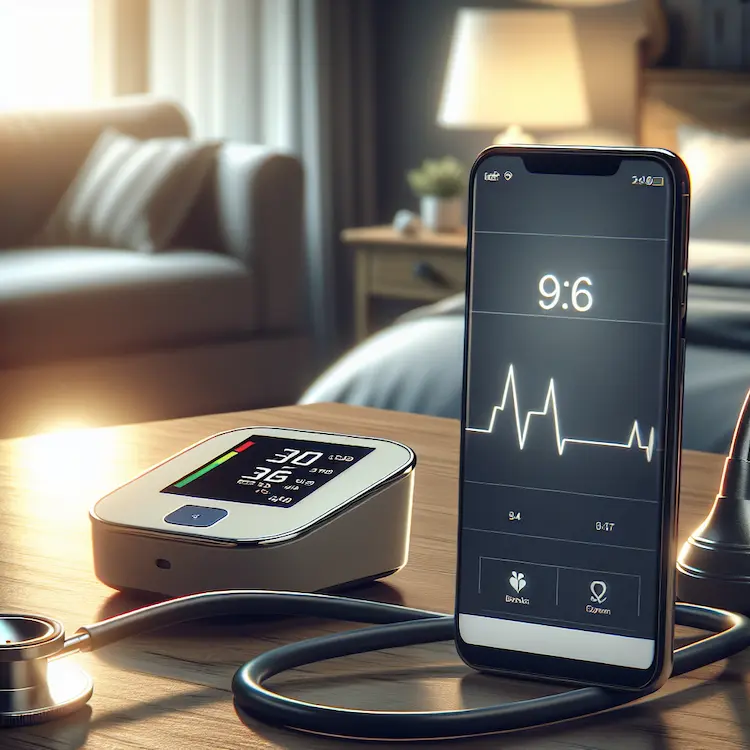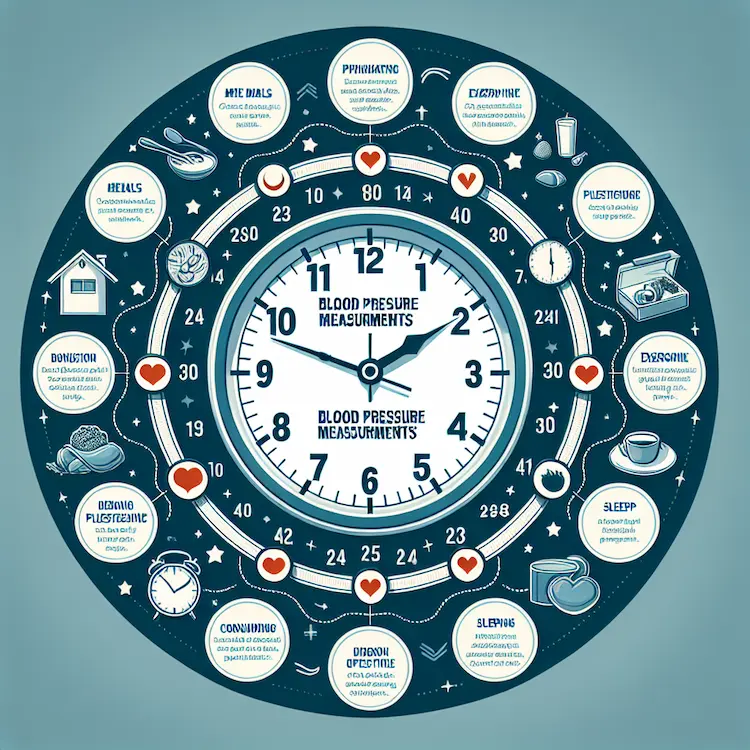Blood pressure is a crucial indicator of cardiovascular health, and measuring it accurately is essential for proper diagnosis and management of hypertension. Understanding the best times to check your blood pressure can significantly improve the reliability of your readings and help you and your healthcare provider make informed decisions about your health.
Blood pressure naturally fluctuates throughout the day due to various factors, including your circadian rhythm, physical activity, and stress levels. These variations can affect the accuracy of your measurements, potentially leading to misdiagnosis or improper treatment adjustments. By measuring your blood pressure at consistent and optimal times, you can obtain a more representative picture of your cardiovascular health.
The morning is considered one of the best times to measure blood pressure. Here’s why:
Best practice: Take your blood pressure within 30 minutes of waking up, before eating breakfast or consuming caffeine, but after using the bathroom.

Evening measurements are also valuable and can provide different insights:
Best practice: Take your blood pressure in the evening, ideally before dinner and any nighttime medications, but after relaxing for at least 30 minutes.
For most people, measuring blood pressure twice daily – once in the morning and once in the evening – is sufficient. However, your healthcare provider may recommend a different schedule based on your individual needs.
If you’re just starting to monitor your blood pressure or if your medication has recently changed, your doctor might suggest more frequent measurements for a short period.
To ensure accurate measurements, avoid these factors that can temporarily raise your blood pressure:
Wait at least 30 minutes after these activities before taking your blood pressure.
Accurate readings depend not only on timing but also on proper technique:
Some individuals experience elevated blood pressure in clinical settings (white coat hypertension) or normal readings in the clinic but high blood pressure at home (masked hypertension). Home monitoring at consistent times can help identify these conditions.
Normally, blood pressure decreases during sleep. However, some people don’t experience this nighttime dip, which can be a risk factor for cardiovascular events. If your doctor suspects non-dipping blood pressure, they might recommend occasional nighttime measurements or 24-hour ambulatory blood pressure monitoring.

| Method | Advantages | Disadvantages |
|---|---|---|
| Home monitoring | Convenient, allows for frequent measurements, helps identify white coat and masked hypertension | Requires proper technique and equipment maintenance |
| Office measurements | Performed by trained professionals, standardized environment | May induce white coat effect, limited frequency |
| 24-hour ambulatory monitoring | Provides comprehensive data including nighttime readings, identifies non-dipping patterns | Can be uncomfortable, may interfere with sleep, more expensive |
Advancements in technology have made blood pressure monitoring more accessible and user-friendly:
While these technologies can be helpful, it’s essential to use validated devices and discuss their use with your healthcare provider.
Consistently measuring your blood pressure at optimal times – primarily in the morning and evening – can provide valuable insights into your cardiovascular health. By following proper measurement techniques and considering factors that may affect your readings, you can work more effectively with your healthcare provider to manage your blood pressure and reduce your risk of cardiovascular disease.
Remember, home blood pressure monitoring is a tool to complement, not replace, regular check-ups with your healthcare provider. Always consult with your doctor about your blood pressure management plan and any concerns you may have about your readings.